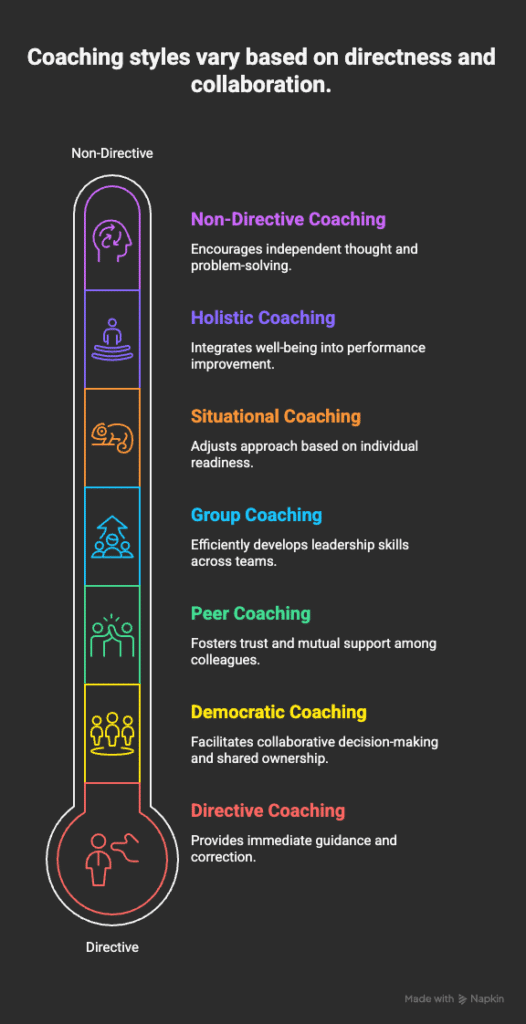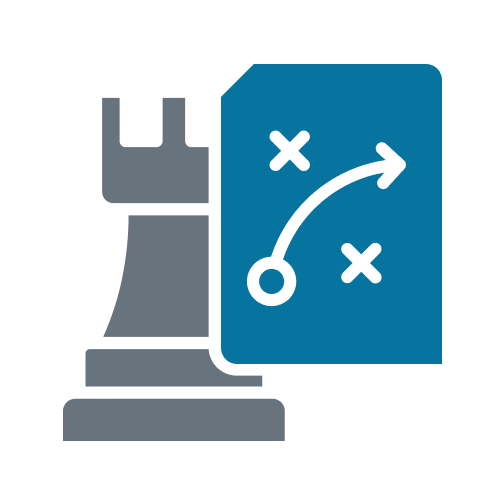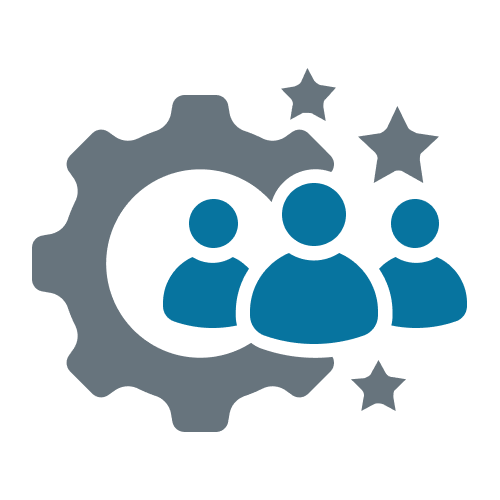Coaching methods in the workplace aren’t just popular—they’re powerful. In today’s competitive environment, clarity, alignment, and performance can’t be left to chance. Top-performing organizations are shifting from reactive management to proactive coaching—and the difference is night and day.
At Champion PSI, we’ve partnered with executive teams across sectors. One consistent pattern? When leaders apply the right coaching methods in the workplace, engagement rises, decision-making sharpens, and momentum builds. Harvard Business Review backs this up with its breakdown of executive coach credentials—proving that strong coaching translates into tangible leadership outcomes.
Looking to activate this inside your organization? Explore our executive coaching services and get started.
Overview of the Topics
Coaching methods in the workplace are structured, strategic approaches to leadership development, performance improvement, and cultural alignment. They’re not one-size-fits-all. Each method solves a different challenge—whether it’s correcting behavior, unlocking leadership capacity, or scaling trust.
This blog explores 7 of the most effective coaching methods in the workplace today:
- Directive Coaching
- Non-Directive Coaching
- Democratic Coaching
- Holistic Coaching
- Situational Coaching
- Peer Coaching
- Group Coaching
Let’s break them down one by one.

Directive Coaching
This method is all about clarity. Directive coaching involves leaders providing clear, direct instructions—often in urgent or performance-critical situations. It’s useful for early-stage employees, technical execution, or course correction when time is limited.
That said, it should be used sparingly. Overuse can undermine autonomy and long-term development—two things that great coaching methods in the workplace are designed to protect.
Non-Directive Coaching
The opposite of directive. Non-directive coaching focuses on asking the right questions instead of giving the right answers. It builds problem-solving skills, ownership, and emotional intelligence across your leadership team.
This method is foundational to many of Champion PSI’s programs. We’ve seen that shifting from telling to asking is a game changer. It aligns with Forbes’ recommendations on strengthening executive decision-making through self-awareness and strategic reflection.
It’s also central to effective leadership development—where capacity is built, not handed down.
Democratic Coaching
Democratic coaching builds buy-in by co-creating goals and strategies with team members. Rather than handing down directives, leaders collaborate with their people to decide on priorities and direction.
When implemented properly, this method boosts morale, trust, and accountability. It’s one of the more adaptive coaching methods in the workplace, especially in high-autonomy environments.
Holistic Coaching
High performance can’t exist in a vacuum. Holistic coaching supports the person behind the role—addressing mindset, stress, energy, and values alongside KPIs.
In our coaching engagements, we’ve seen firsthand how this method improves long-term retention and reduces burnout. Gallup’s research into people-centered leadership reinforces this: employees perform better when they feel seen, heard, and supported as full humans.
If you’re looking to modernize your approach to coaching methods in the workplace, start here.
Situational Coaching
This method adapts to the maturity and readiness of the individual. One person might need detailed direction; another needs space to experiment and reflect. Situational coaching requires flexibility and deep awareness.
McKinsey’s data on CEO leadership strategies shows that adaptability is now a core leadership trait. At Champion PSI, we see situational coaching as essential when embedding sustainable coaching methods in the workplace across large or rapidly growing teams.
And when the stakes are high? CEO-level decisions demand nuance—coaching helps make that possible.
Peer Coaching
Peer coaching scales rapidly. Instead of relying solely on managers, this method equips employees to coach each other in structured, recurring formats.
We’ve helped clients implement peer frameworks that dramatically improve feedback quality, transparency, and alignment. For organizations aiming to build a resilient, feedback-friendly culture, this is one of the most scalable coaching methods in the workplace available.
Group Coaching
Group coaching allows a cohort of individuals—often at a similar level or role—to grow together. The group benefits from shared insight, collaborative feedback, and a sense of accountability that accelerates change.
Whether you’re launching a leadership academy or building departmental alignment, this is one of the most powerful coaching methods in the workplace for scaling transformation quickly and cohesively.
Real-World Example: Google’s Project Oxygen
When Google studied what made its best managers great, coaching topped the list. The company launched Project Oxygen, embedding coaching principles—especially non-directive techniques—into its leadership training programs.
The results?
- 37% increase in performance
- Higher retention and engagement
- Stronger communication and autonomy across teams
Read the full Project Oxygen case study
FAQ
What are the best coaching methods in the workplace?
That depends on your people and goals. Non-directive, situational, and group coaching are among the most effective coaching methods in the workplace when it comes to scaling alignment and leadership capacity.
How do I choose the right coaching method?
Start with clarity. What’s the real issue—skills, mindset, culture, or clarity? Choose coaching methods in the workplace that match your context, not just your preference.
Are coaching methods measurable?
Yes. When coaching is consistent and embedded in culture, you can track gains in performance, retention, decision speed, and engagement.
Should I train my managers in coaching?
Absolutely. Coaching is no longer optional—it’s a core leadership skill. We highlight some of the best examples in our list of top executive coaches.
What’s the difference between coaching and mentoring?
Mentoring offers advice. Coaching builds thinking. We explain more in this breakdown of coaching and mentoring.
7 Proven Coaching Methods in the Workplace That Actually Work: Conclusion
If you’re serious about building a high-performing culture, coaching methods in the workplace are essential—not optional. They help shift behaviors, strengthen relationships, and create space for people to think clearly and act decisively.
From executive teams to frontline leaders, we’ve seen what’s possible when these methods are used intentionally—and consistently.
Ready to bring expert coaching into your team’s DNA? Book a free 30-minute call with an expert coach to explore how coaching methods in the workplace can support your goals.










